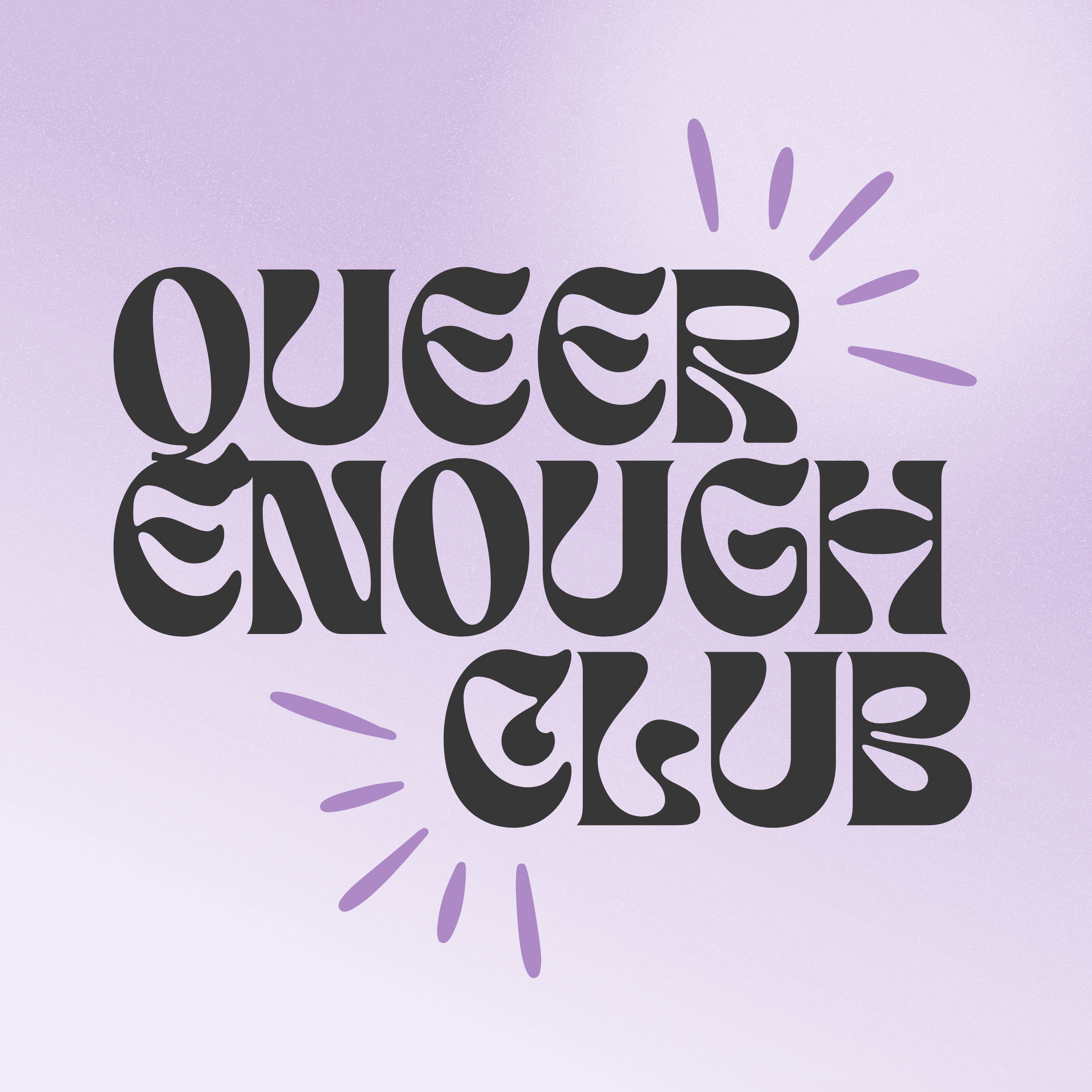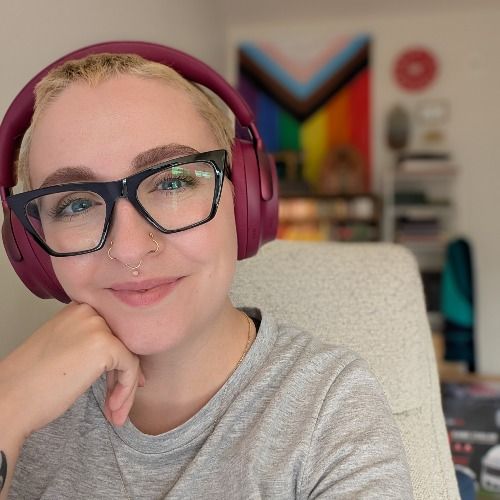Episode 6
Kinsey + the Kinsey Scale
In this episode, we’ll look at the queer definition of “Platinum Star”, Kinsey + the Kinsey Scale, and lex.lgbt.
✰ ✰ ✰
Stay connected!
Instagram | Bluesky | Neptune | TikTok | Newsletter
If you liked what you heard, please leave a review!
✰ ✰ ✰
Sources
The Queens’ English: The LGBTQIA+ Dictionary of Lingo and Colloquial Phrases by Chloe O. Davis
Deep Dive – Kinsey + the Kinsey Scale
- https://www.britannica.com/biography/Alfred-Charles-Kinsey
- https://www.biography.com/scientist/alfred-kinsey
- https://allthatsinteresting.com/alfred-kinsey-report
- https://www.kinseyinstitute.org/about/history/index.php
- https://www.britannica.com/topic/Kinsey-scale
- https://psychologily.com/kinsey-scale/
- https://www.healthline.com/health/kinsey-scale
- https://kinseyinstitute.org/research/publications/kinsey-scale.php
- https://www.nytimes.com/2004/10/03/movies/alfred-kinsey-liberator-or-pervert.html
- https://arc.net/l/quote/zquukqev
Last Call
Transcript
ep6_edited.mp3
---
What does queer mean?
Hello and welcome to episode 6 of Queer Enough Club.
I'm Gretta, or G, and I'm the creator and host.
This week we have another definition,
loaded and ironic, as the Kinsey scale is really all about
how sexuality is not siloed to two options,
gay and straight.
Definitions are randomly pulled from the Queen's English,
the LGBTQIA+ dictionary of Lingo and colloquial phrases by Chloe O. Davis.
The word today, or phrase, is platinum star, noun.
A gay man who is not experienced sexual intercourse with a woman
and was born via C-section.
This status one-ups a gold star because not only has he not had sex with a woman,
but he has never even touched a vagina.
The term "double gold star" can also be used.
See also "gold star" "silver star."
A used case example.
And the award for the gayest man goes to me.
Thank you, thank you.
I would like to thank the Academy and my platinum star status.
Want more info?
Think.
The gayest of gays.
Usage note.
This term may be considered derogatory.
When we think of pioneering researchers in the field of human sexuality,
one name inevitably comes to mind.
Dr. Alfred Kinsey.
But Kinsey didn't start his academic life studying sex.
In:as an assistant professor specializing in suology and etymology.
He was deeply immersed in studying gall wasps,
tiny insects that fascinated him with their reproductive habits.
He published numerous scientific papers on etymology,
but his work failed to gain traction outside of academic circles.
Frustrated by the limited reach of his research,
Kinsey began to seek a new life.
He was deeply immersed in studying gall wasps,
tiny insects that fascinated him with their reproductive habits.
While a limited reach of his research, Kinsey began to seek a new intellectual challenge,
one that intersected more directly with human life.
That turning point came in:on marriage and family at Indiana University.
At that time, formal sex education was virtually non-existent.
What little did exist was dominated by conservative, often religious messaging.
Primarital sex was widely condemned and abstinence was promoted as the only acceptable path.
Kinsey saw a massive disconnect between what people were being taught
and how they actually lived.
In response, he began designing lectures that focused on real,
scientifically accurate sexual information.
He incorporated discussions on anatomy, sexual behavior, contraception,
and same-sex attraction topics that were considered scandalous
for a university classroom at the time.
Kinsey's approach was bold and unapologetically data-driven.
He believed that sexuality was a natural part of the human experience
and that shame had no place in education.
Students were captivated.
The course quickly became one of the most popular on campus,
but not everyone approved.
Faculty members and administrators began to push back uncomfortable with both the content
and Kinsey's frank delivery.
sy reached a tipping point in:Rather than retreating, Kinsey doubled down.
He launched what would become one of the largest studies of human sexual behavior in history.
Working with researchers, Wardell, Pomoroi, and Clyde Martin,
Kinsey and his team conducted thousands of face-to-face interviews
asking detailed and deeply personal questions about participants' sexual history,
behaviors, and desires.
By the time of his death in:This work led to the publication of Sexual Behavior in the Human Mail in 1948,
followed five years later by Sexual Behavior in the Human Female.
These books shattered cultural taboos and sparked both acclaim and outrage.
Among the most famous contributions from the first volume, what became known as the Kinsey scale.
Before Kinsey, people were typically classified as either hadero-sexual or homosexual with no in-between.
Kinsey rejected that binary, proposing instead a seven-point scale to reflect the complexity of human sexuality.
The scale ranged from zero, exclusively hadero-sexual, to six,
exclusively homosexual, with an ex-category for individuals who reported no sexual attraction or contact.
Kinsey's interviews revealed that many people didn't fit neatly into one end of the spectrum or the other.
They found that sexual behavior, attraction, and identity were often fluid and could change over time.
Rather than assigning people to rigid categories, the scale acknowledged a wide diversity of experiences.
For its time, this was groundbreaking.
The Kinsey scale introduced the idea that sexuality is not fixed or binary,
and that the same sex attraction was far more common than society believed.
However, the model wasn't without its flaws.
As revolutionary as the Kinsey scale was, it also oversimplified the complexities of sexual orientation.
For one, it didn't distinguish between sexual attraction and romantic attraction.
Two experiences that don't always go hand in hand.
It also failed to adequately represent asexual individuals.
The ex-category was meant to capture people who reported no sexual activity or interest,
but it wasn't nuanced enough to reflect that range of asexual identities.
Now, if you're new or to thinking about relationships outside of the stereotypical great American family,
you might be wondering how sexual attraction and romantic attraction differ.
I know I did.
Here's what I found out.
Sexual attraction is a desire to have sexual contact with someone.
This may or may not involve romantic feelings for that person.
It's possible to have sexual feelings for someone when you don't experience romantic feelings at the same time.
Romantic attraction is a deep desire to have a committed romantic relationship.
This may or may not involve sex.
It's possible to be romantically interested in someone, but not sexually attracted to them.
A person may feel warm butterflies when they're around someone, frequently want to be with them, or be a part of their life.
A person may feel a deep emotional connection to a person, and may want to be physically affectionate with them in a non-sexual way.
This could be hugs, caring touches, etc.
The scale also reduced by sexuality to a midpoint between heterosexuality and homosexuality,
as though attraction to different genders were always proportionately balanced and in competition.
In reality, bisexuality and sexual orientation more broadly can be much more fluid and multifaceted.
Another critique is that the Kinsey scale reinforced the assumption of binary gender,
failing to consider attraction to people who are non-binary or gender diverse.
This reflects the cultural blind spots of the era in which the scale was developed.
Moreover, assigning people to a single number on a scale compresses a lifetime of complex experiences into a label that may not fully represent them.
Two people who fall at a three, for instance, might have vastly different behaviors, desires, and emotional relationships.
Building on Kinsey's work, researchers like Fritz Klein and Michael Storms developed more sophisticated models.
The Klein sexual orientation grid considers seven different variables, such as emotional preference, fantasy, and social preference across three time periods, past, present, and ideal.
Meanwhile, the Storm scale plots sexual attraction on two axes, same-sex and opposite-sex, allowing for more nuanced depictions of sexual orientation.
There are now over 200 tools and models developed to study and describe sexual orientation.
Among the most widely cited today is the Cell Assessment of Sexual Orientation, S-A-S-O, which separately measures attraction, behavior, and identity to give a fuller picture of how people relate to their sexuality.
Despite immense contributions Kinsey made to the field, his legacy is far from untarnished.
One of the most serious concerns involves his research ethics. Kinsey's sampling methods were flawed. His participants were largely white, middle-class men, many of whom volunteered because they already held progressive or open-minded views about sex.
This created significant sampling bias, limiting the ability to generalize findings across broader populations.
More disturbing, however, are the allegations regarding his personal conduct and the links he went to in collecting data. Kinsey was known to blur the boundaries between professional and research and personal behavior.
It's been reported that he encouraged sexual relationships among staff and even participated in and filmed sexual activities involving research associates, students, and friends, all supposedly in the name of science.
The next portion has a trigger warning for pedophilia. I recommend skipping ahead by about 1.5-2 minutes if you need.
One of the most troubling aspects of his work involves data on child sexuality. In sexual behavior in the human male, Kinsey published tables documenting what he described as orgasmic response in children, including infants as young as five months old.
This research was later revealed to have come from a single source, a known pedophile named Rex King, who claimed to have sexually abused hundreds of boys over a period of decades.
Kinsey corresponded extensively with King and encouraged him to keep detailed diaries of these acts which Kinsey later used in his research.
He even misrepresented the source of data, implying it came from multiple subjects. This aspect of Kinsey's research remains one of the most ethically and morally fraught controversies in scientific history.
While defenders argue that Kinsey was committed to documenting all aspects of sexual behavior, critics say he crossed a line by using and potentially legitimizing data obtained through abuse.
Even some former staff members have acknowledged that Kinsey's obsession with collecting data sometimes came at the expense of ethical responsibility.
So how should we remember Alfred Kinsey?
On one hand, he was a scientific pioneer who helped the world begin to understand sexuality as a diverse and natural part of the human condition.
He challenged decades of stigma and silence, laying the foundation for future generations of sex researchers, educators, and activists.
On the other hand, his methods were deeply flawed and in some cases profoundly troubling.
The same drive that led Kinsey to fight against sexual ignorance may have also blinded him to the ethical implications of his work.
Ultimately, Kinsey's legacy is a complicated one. He forced society to confront uncomfortable truths about sex, identity, and desire.
But his work also reminds us that how we conduct research and the respect we show to those involved is just as important as the discoveries we make.
For today's last call, I'm highlighting an app called Lex.
Their website tagline is "If it's queer, it's here." Lex is a group and event app for LGBTQIA+ community.
When I first scroll through the website, it almost felt like the "gaby" of "meetup" and "bubblebf"
After a little more digging, I found out their main segments, dating, friends, events, and groups.
So really, it has it all.
While I was double checking the claim on the website that it's queer owned and operated, I came into some interesting updates.
ersonal ads, but in September:This company was founded by Alex Hoffman, the former CEO of musical.ly, the app that later became TikTok.
Honestly, I'd love to do a full episode into Lex and its whole footprint at some point, so I'm going to leave this here for now
and we'll circle back to dissect its whole story at another time.
Sources for Kinsey and the Kinsey Scale are botanica.com, biography.com, all that's interesting.com, KinseyInstitute.org,
www.sacolagely.com, helfline.com, KinseyInstitute.org, nytimes.com, bloomforall.com
Last call, we've got Lex.LGBT, and then Them.us
To learn more about myself or the project, head to the website, queeranufclub.com
QEC is on Instagram, TikTok, Neptune, and Blue Sky at queeranufclub, and you can email me directly at hello@queeranufclub.com
Lastly, if you like what you heard, please leave a review.
And you know, welcome to the club.
[Music]


